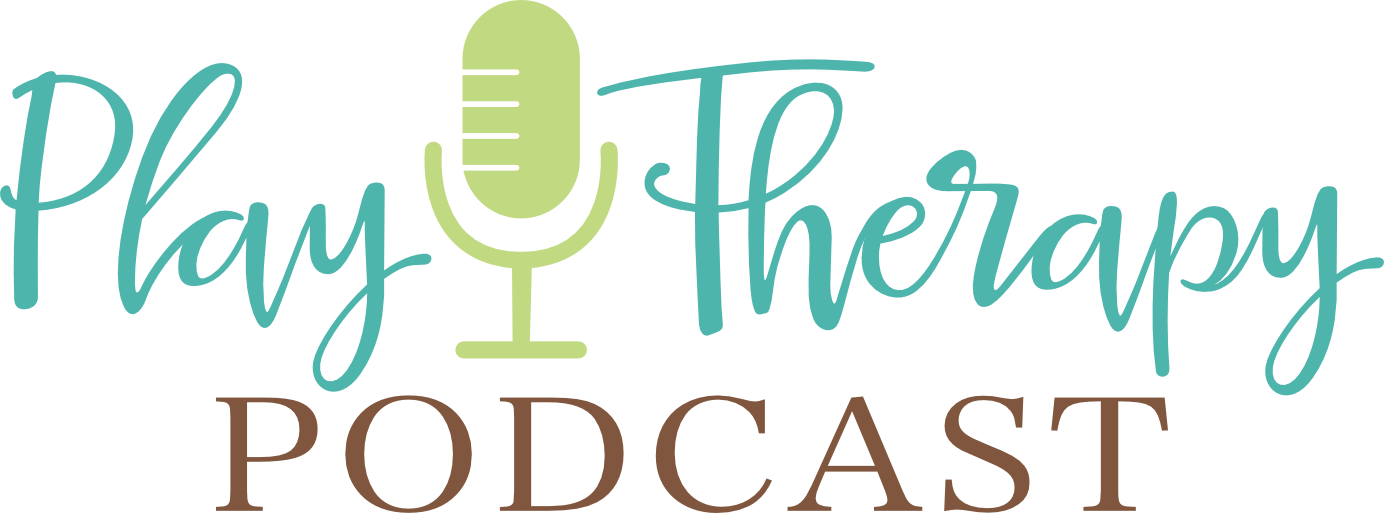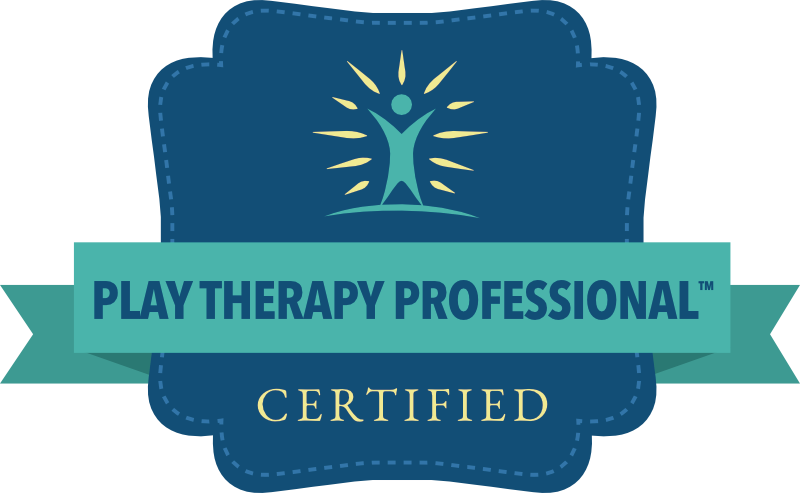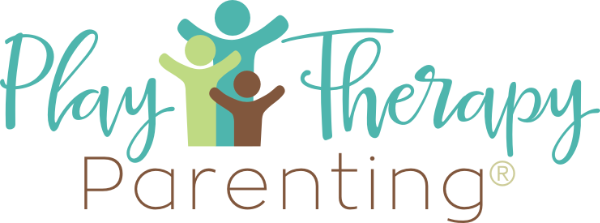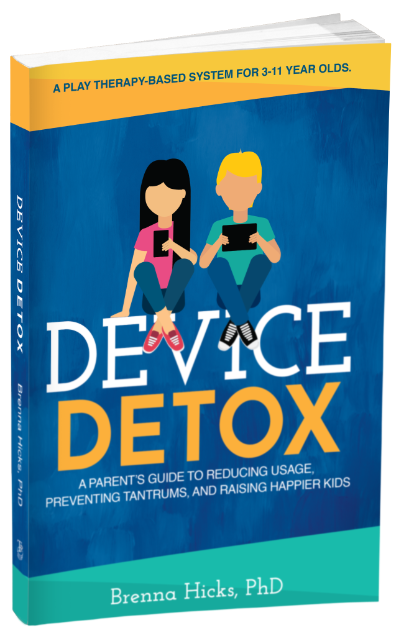Not Everything is a Theme! Landreth Sets the Story Straight
Today I’m beginning my “Summer School” Series where we are going to go back to the classical texts of child-centered play therapy.
In this episode, I dive into the challenges of truly understanding the meaning behind children’s play, and the importance of grounding our work in the original theories and principles of child-centered play therapy. I share some passages from the seminal book “Innovations in Play Therapy” by Garry Landreth that offer valuable insights.
A key takeaway is that we need to be cautious about jumping to label everything a child does as representing a “theme.” For something to truly be a theme, it needs to recur multiple times within or across play sessions. Just because a child does something once, like burying a toy, doesn’t automatically indicate a “theme of permanence.” We have to observe the play over time.
I also discuss how having knowledge of typical child development is critical for play therapists to determine if a child’s play is normative or indicates something more significant going on under the surface. Some play is symbolic rather than thematic.
My goal with this episode and series is to help bring us back to the roots and core intentions of the child-centered model. I believe we need to deeply understand the “why” behind what we do as play therapists and not dilute the child-centered model as it gains in popularity. I hope these insights from a leader in the field like Landreth are helpful reminders of what’s most important in our work! As always, I’d love to hear your thoughts.
Episode Reference:
Landreth, G. L. (Ed.). (2001). Innovations in play therapy: Issues, process, and special populations. Brunner-Routledge.
Sign up for my exclusive newsletter at playtherapynow.com. Stay ahead with the latest CCPT CEU courses, personalized coaching opportunities and other opportunities you need to thrive in your CCPT practice!
Ask Me Questions: Call (813) 812-5525, or email: [email protected]
Brenna’s CCPT Hub: https://www.playtherapynow.com
CCPT Collective (online community exclusively for CCPTs): https://www.ccptcollective.com
Podcast HQ: https://www.playtherapypodcast.com
APT Approved Play Therapy CE courses: https://childcenteredtraining.com
Twitter: @thekidcounselor https://twitter.com/thekidcounselor
Facebook: https://facebook.com/playtherapypodcast
The Challenges of Understanding Meaning in Children’s Play: Insights from Landreth’s “Innovations in Play Therapy”
As child-centered play therapists, one of our goals is to understand the meaning behind children’s play. However, as Dr. Garry Landreth points out in his book “Innovations in Play Therapy,” this is no easy task. In this post, we’ll explore some key insights from Landreth on the complexities of interpreting play and the importance of grounding our work in the origins of child-centered play therapy.
The Difficulty of Deciphering Play
Landreth quotes Amster (1982), who insists that children’s play activity “must be recognized always as a complex distorted assortment of the child’s conscious and unconscious expressions.” This reminds us that even as trained observers, we must approach play with humility, acknowledging that fully understanding a child’s internal world is an ongoing challenge.
The Role of Developmental Knowledge
To accurately assess play behavior, Landreth emphasizes the importance of a strong foundation in child development. We must constantly compare what an individual child is doing, saying, and feeling to what is normative for their age and environment. Only then can we begin to identify unique meanings in their play.
Recognizing Themes: The Importance of Recurrence
One common pitfall is rushing to label every significant play sequence as a “theme.” Landreth clarifies that for something to be considered a theme, it must recur either within a single play session or across multiple sessions. A four-year-old engaging with a rubber snake for an unusually long time, for example, would not necessarily constitute a theme if it doesn’t emerge again.
Symbolic Play vs. Thematic Play
Landreth also distinguishes between thematic play and symbolic play. Some play patterns, such as meticulously avoiding mess, constantly chattering or remaining silent, or repeatedly regressing, may symbolize underlying issues like rigidity, hidden feelings, or unresolved conflict. These symbolic patterns are significant but not necessarily thematic.
Staying True to the Child-Centered Approach
As play therapy gains popularity, Landreth’s insights serve as a reminder to stay grounded in the origins and intentions of the child-centered model. By deepening our understanding of the “why” behind what we do and committing to precise, theory-informed interpretations, we can harness the full potential of this powerful approach.
Interpreting children’s play will always involve some level of uncertainty. By embracing that complexity, continually enhancing our developmental knowledge, and carefully distinguishing between themes and symbols, we can offer our child clients the insightful, attuned presence they need to heal and grow.








